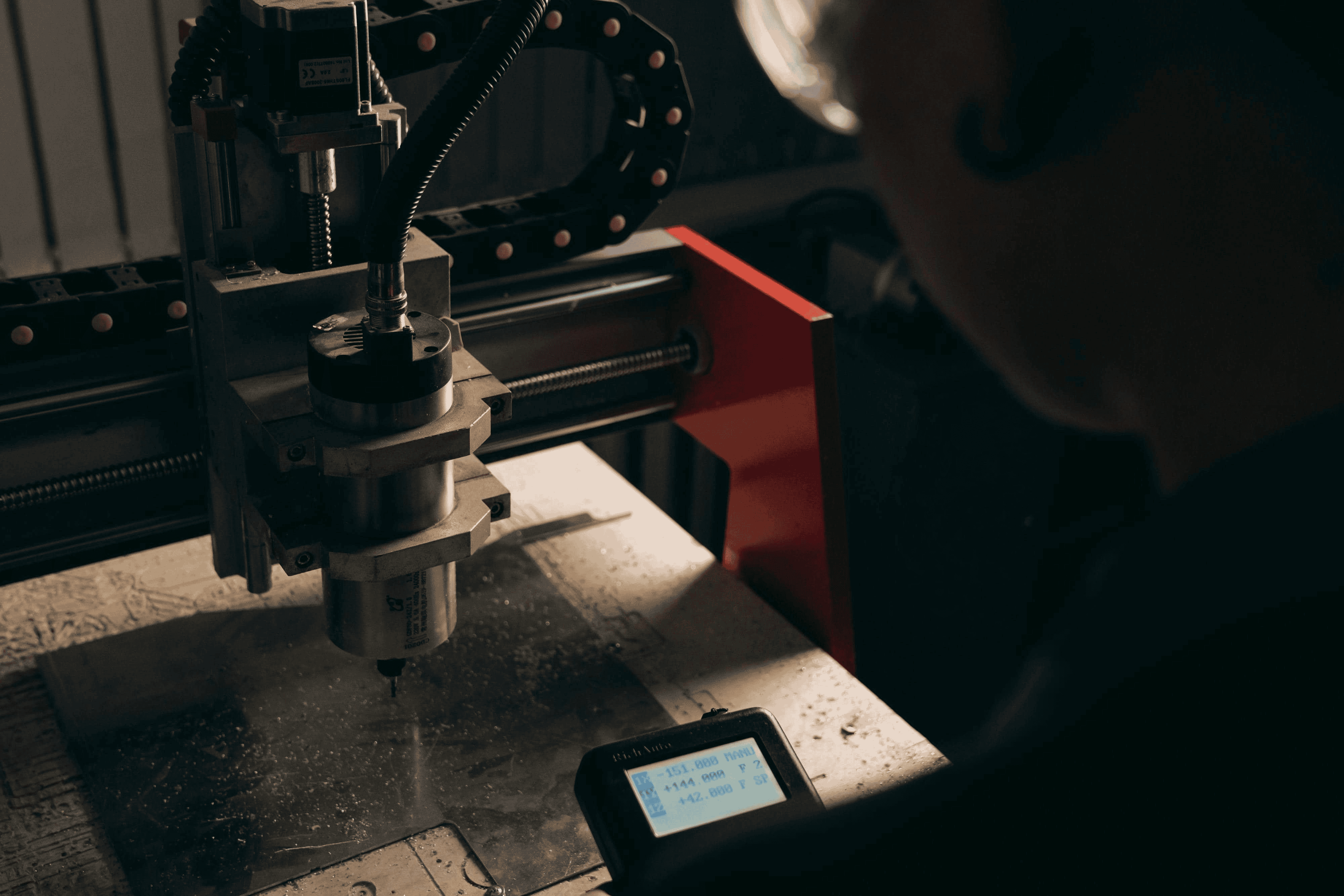Custom Fabrication

Heavy steel fabrication shop floor with structural beams being welded and fitted
Heavy steel fabrication is the transformation of thick plate, heavy bar, and large structural shapes into finished assemblies built to carry serious loads. Typical work includes bridge girders, industrial frames, crane runways, mezzanines, towers, and equipment bases. The craft blends material science with practical shop methods to manage mass, heat, and tolerance while delivering consistent, verifiable quality.
At its core, heavy metal fabrication follows a sequence. Engineers and detailers translate intent into shop drawings and cut lists. Buyers source certified material with full traceability. Operators cut profiles using oxyfuel, plasma, or waterjet, then form and prep edges for welding. Fabricators fixture the parts to control movement, weld to qualified procedures, stress relieve if required, and then finish with machining or grinding before coating and shipment.
Structural steel fabrication adds the discipline of codified design, connection detailing, and field fit. Bolted splice plates, moment connections, stiffeners, and base plates must align with erection realities and inspection requirements. The result is a set of prefabricated components that assemble quickly on site, minimizing crane time and rework.
Material choice matters. Common grades include A36, A572, and A992, with quenched and tempered plate for extreme duty. Thickness drives process selection, preheat temperatures, and weld size. The heavier the section, the more attention must be given to distortion control, residual stress, and access for inspection.
Heavy fabrication starts with accurate cutting. Oxyfuel excels on very thick plate. High definition plasma balances speed with edge quality. Waterjet preserves metallurgy on heat sensitive parts. After cutting, press brakes, plate rolls, and section rollers form parts that will later be held in fixtures designed to resist weld shrinkage.
Welding is the heartbeat of heavy structural steel fabrication. Shielded, gas metal, flux cored, and submerged arc each have a lane. Choice depends on position, thickness, and deposition needs. Preheat guards against hydrogen cracking. Interpass limits keep grain growth in check. For certain builds, post weld heat treatment restores ductility and relieves stress.
Quality is proven, not assumed. Fit up is checked against datums and witness marks. Certified inspectors verify procedures and welder qualifications. Non destructive testing such as ultrasonic, magnetic particle, and dye penetrant uncover subsurface and surface flaws. Dimensional checks confirm camber, flatness, hole position, and overall geometry before a part ever sees a paint booth.
Coatings protect the investment. Abrasive blasting establishes anchor profile. Zinc rich primers add galvanic defense. Epoxies and polysiloxanes deliver chemical and UV resistance. In corrosive or marine settings, hot dip galvanizing may be specified, which requires careful venting and weld design to avoid trapped air or entrapment of flux.
Heat input shapes outcomes. Too little invites lack of fusion. Too much invites distortion and microstructural changes. In heavy steel fabrication, this balance is maintained by travel speed, amperage, and bead sequence. Consumable choice, whether metal cored or flux cored, influences deposition rate and toughness at low temperatures.
Structural work often follows AWS D1.1 and AISC guidelines, with procedure qualification records and welder performance tests on file. For critical service, fracture critical and Charpy V notch requirements may apply. Documentation ties mill certs, heat numbers, and inspection reports to each finished assembly, creating a complete quality trail.
Design for fabrication pays off. Favor repeatable module sizes to simplify fixtures. Choose bolted field splices where access is tight. Align welds to allow flat position whenever possible. Specify realistic tolerances that protect function without inflating hours. Detail camber, stiffeners, and gussets with erection sequence in mind to reduce site adjustments.
Early collaboration reduces risk. When fabricators review models before final release, they can suggest alternate connection types, material substitutions that maintain strength, or weld sequences that reduce distortion. That is value engineering with real impact on schedule and quality.
Sustainability is practical here. Nesting software improves material yield. Offcuts become future parts. Coating choices consider life cycle cost, not just first cost. Packaging protects paint and edges so rework does not erase gains made upstream.
When your project needs precision plate work, thick section welding, and reliable inspection, a capable shop becomes the difference between an easy crane day and a costly delay. Our team in Fayetteville, Arkansas supports complex heavy fabrication from drawings through finishing with in house detailing, CNC cutting, fixturing, and certified welding. Explore our custom fabrication capabilities for large assemblies, specialty brackets, and structural components that must fit right the first time.
For a closer look at processes and tooling, view our fabrication services page, where you will find how we approach cutting, forming, and weld quality. If you want to understand how we partner with clients and why builders trust our shop, see why choose OZK Customs.
Whether you are planning heavy structural steel fabrication for an industrial frame or a custom skid that integrates power, plumbing, and access points, we can help translate concept into a clear work plan. Share your model, loading expectations, and finish requirements. We will outline materials, weld procedures, inspection checkpoints, and a realistic timeline so your site crew can set and bolt without surprises.
Heavy metal fabrication demands discipline, experience, and communication. Reach out now to align design, budget, and schedule, and let us build the steel that holds your project together.
Ready to move from sketch to steel? Share your drawings and goals. Our team will review, propose materials and processes, and map a fabrication plan that balances strength, accuracy, and cost. Start your build conversation today.
ADDRESS:
6159 E Huntsville Rd, Fayetteville, AR 72701
PHONE:
(479) 326-9200
EMAIL:
info@ozkvans.com